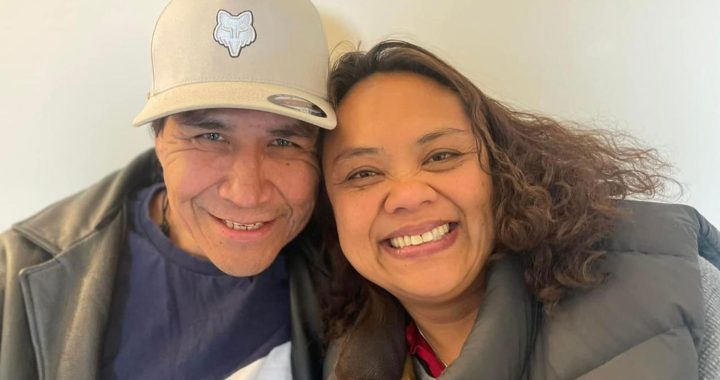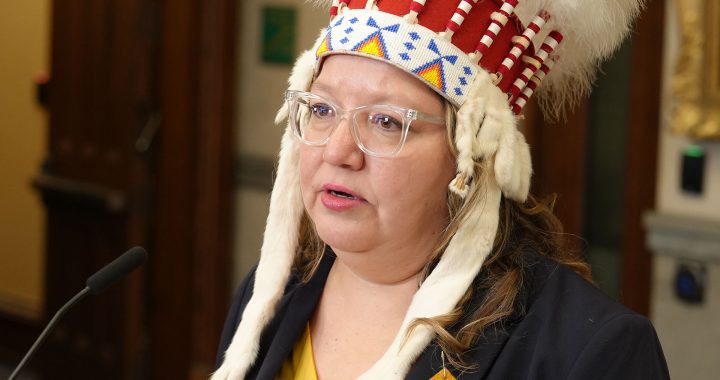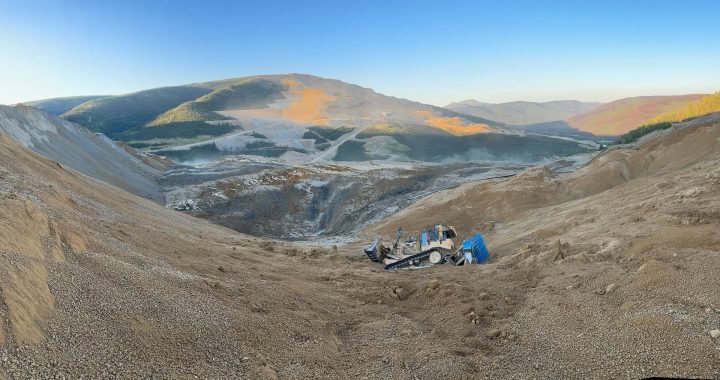It started with Hollywood and the portrayal of Indigenous Peoples on the big screen in the 2009 Peabody Award winning film Reel Injun.
The documentary used hundreds of clips from classic and newer movies and featured interviews with Hollywood legends like Clint Eastwood to look at the evolution of Indigenous Peoples on the big screen.
Fifteen years later, Neil Diamond is back as a co-director of two films that look at the impacts Indigenous Peoples have had on western society and why its culture is so often appropriated.
Red Fever, released last spring saw Diamond reunite with Reel Injuns co-director Catherine Bainbridge to uncover why the world is so fascinated with Native people. It also looks at the profound impact Indigenous peoples have had on western culture such a sports, democracy, the environmental movement and fashion.
Diamond admits the film was a long process and was originally about cultural appropriation but the pandemic happened and changed the world and the focus of the documentary.
Months later, Diamond was back with So Surreal: Behind The Masks co-directed with Joanne Robertson.
The film looks at the connection between the work of famed Surrealist artists and Yupʼik and Kwakwa̱ka̱ʼwakw ceremonial masks, and the quest to bring some of the masks back home. The film details how masks like this leave their homelands through trade and sale but also through theft.
“The film is about repatriation and the search for a stolen mask that could be anywhere in Paris or it could be in New York,” says Diamond on the latest episode of Face to Face.
“Also, It’s about Canadian History, what happened with Native people when ceremonies were banned and how people ended up in prison because of them practicing their ceremony and how these masks ended up in the hands of these Surrealists in New York when they had to flee Paris when the Nazi’s took over Paris.”
The masks had an incredible impact on the artists, says Diamond.
“Once the Yup’ik had their ceremonies they would either leave them on the tundra or burn them so the power that resided in the masks wouldn’t stay on this side of the existence. And the Kwakwa̱ka̱ʼwakw would use them to tell their family history at potlaches and give away their belongings and they would store them away from peoples eyes and now, all these masks are all on display. It’s two different cultures who use masks for two different reasons,” says Diamond.
Diamond believes one of the reasons Indigenous items are taken from them is because people looked at Indigenous cultures as about to disappear and viewed it as a way to preserve these dying cultures that would be erased from existence.
He says there is also a resistance to hand stuff back, in part because collectors don’t want to return things but the masks were not meant to be displayed.
“They’re not artworks, there’s something deeper behind them,” says Diamond.
The film had its world premiere at the 2024 Toronto International Film Festival in September.












